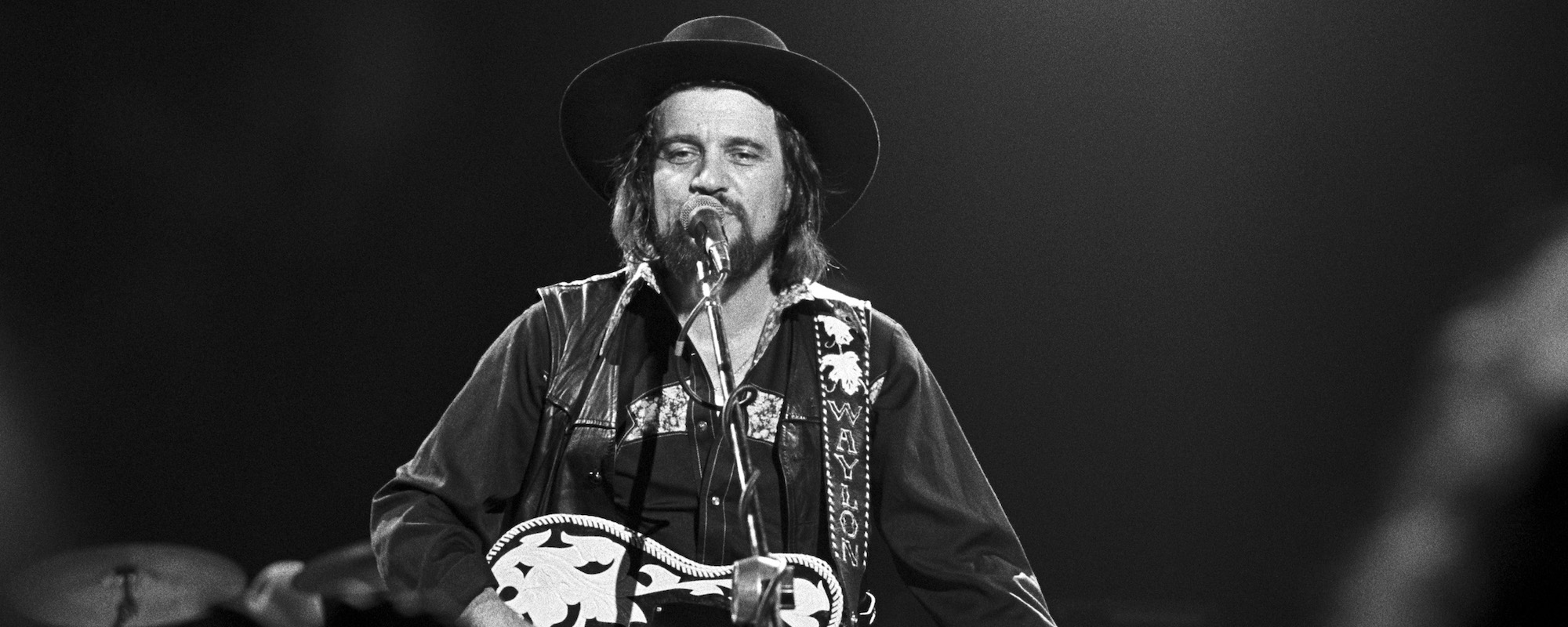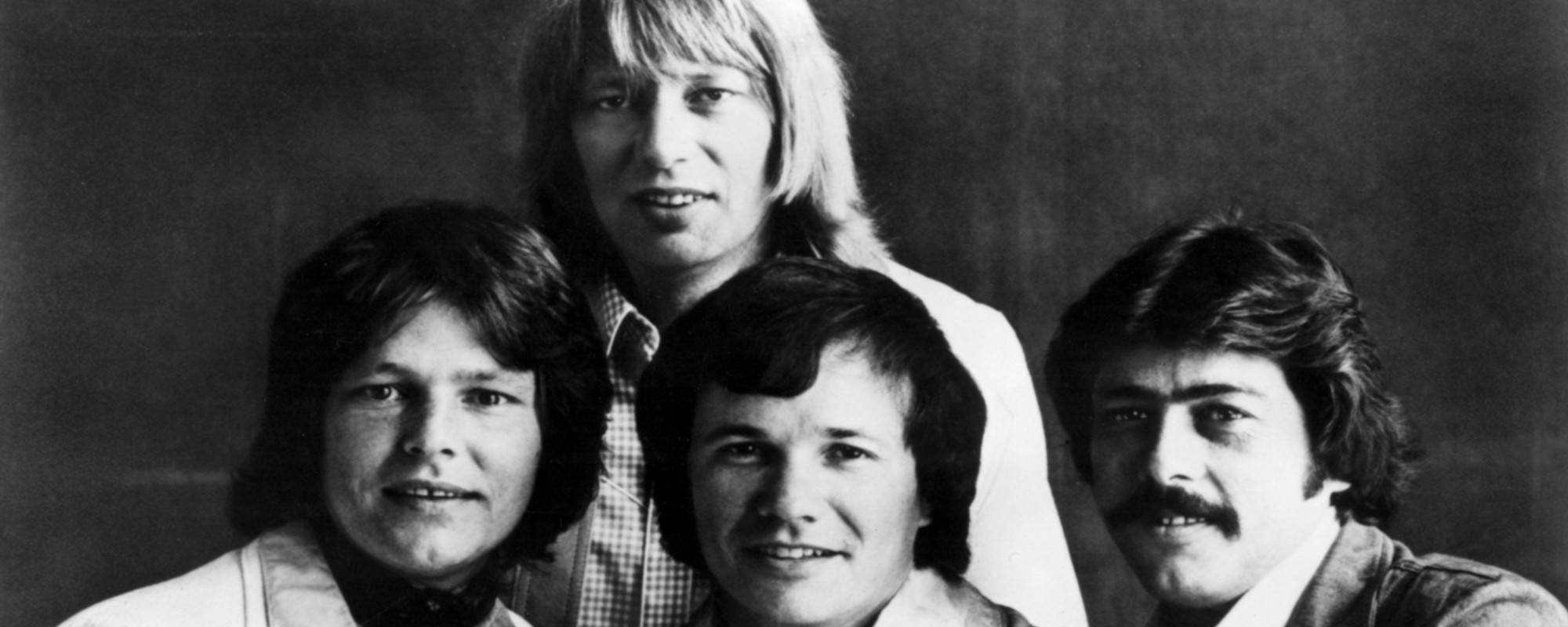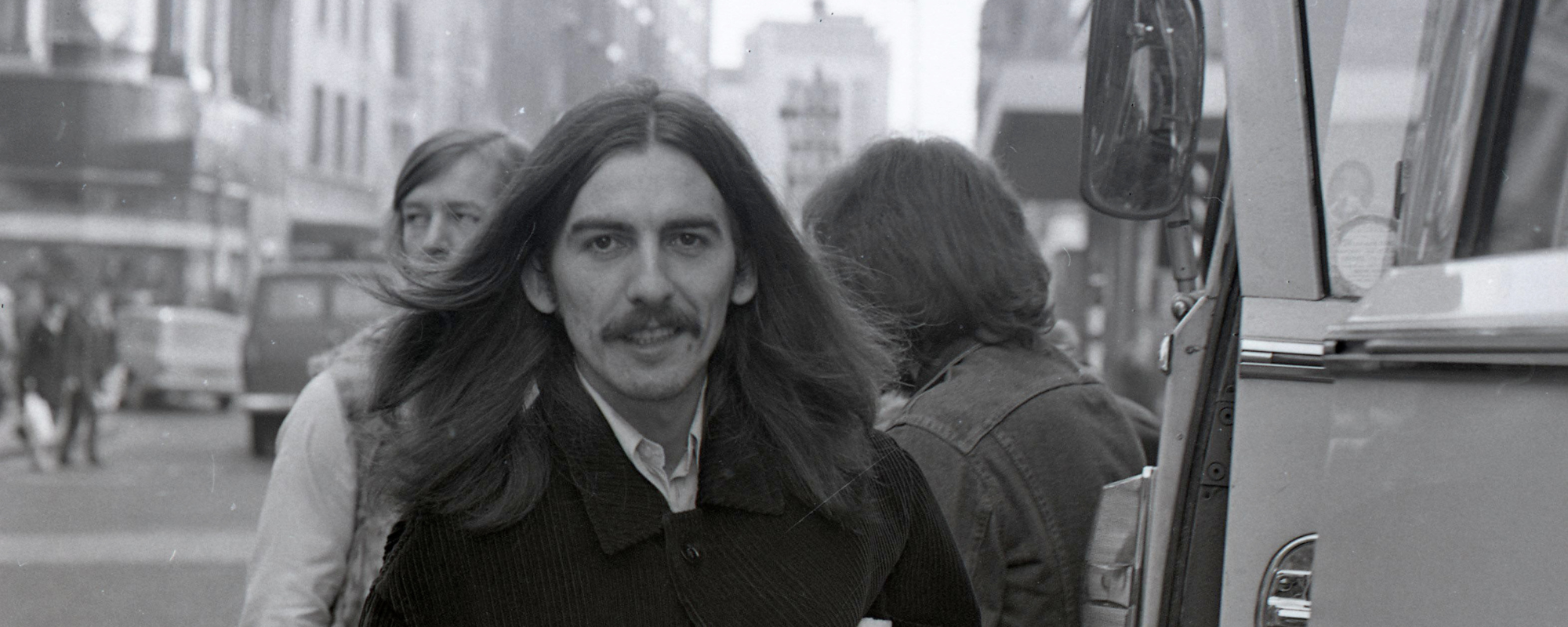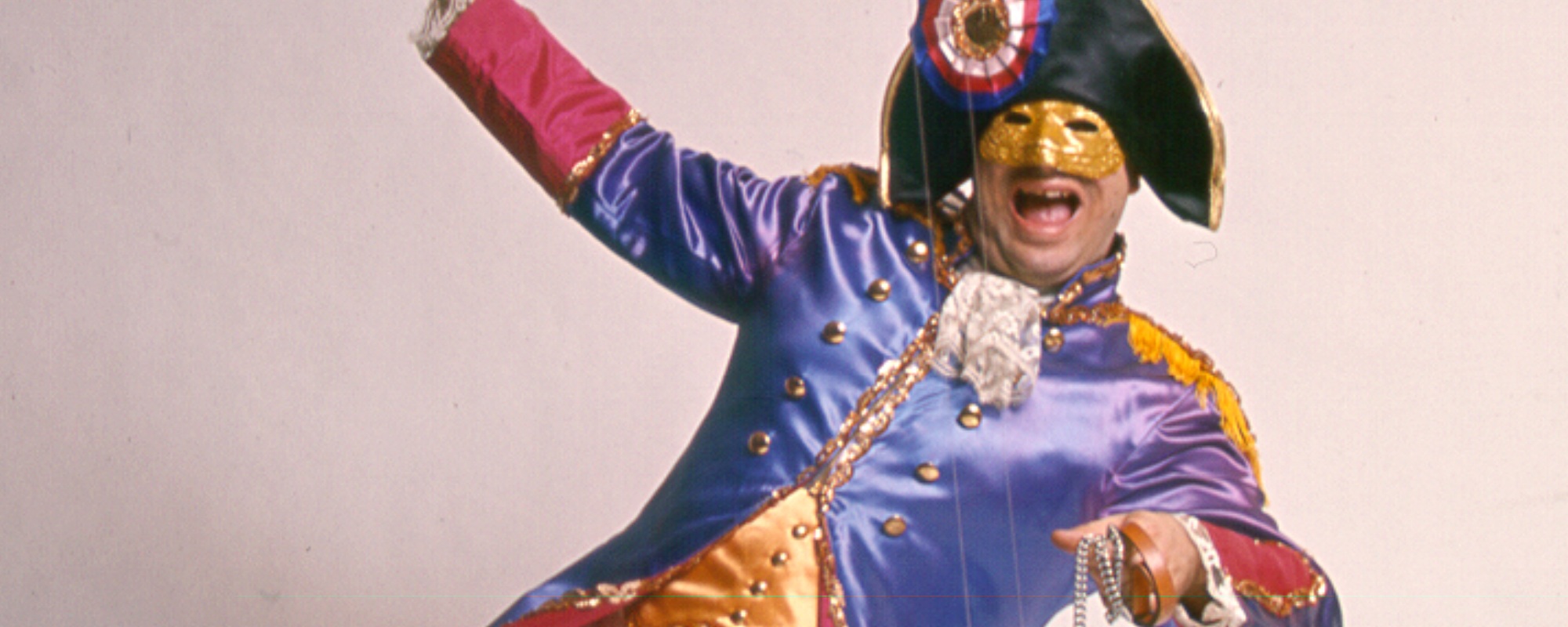Most artists have their schtick, and they stick to it. Though they might change up their sound in small ways, they usually don’t completely depart from what earned them an audience. David Bowie, however, was an artist who made changing his sound and potentially losing his listenership commonplace. While his fearlessness earned him a revolutionary career, it proved to be a little exhausting at times. There was one era of his career that Bowie felt was a low point, despite being lucrative. Find out which album made Bowie do a 180 below.
Videos by American Songwriter
The Hit Album David Bowie Wanted to Move Away From
Bowie had many hits throughout his career, but chart success was rarely the primary goal. His artistic integrity was paramount. If he earned a No. 1 hit in the process of fulfilling his ambitions, great. But he wasn’t afraid of losing momentum either, as evidenced by his habitual reinvention.
Despite not hopping on trends, Bowie had a commercially successful career, especially with his 1983 release, Let’s Dance. The title track put Bowie back in the limelight. This reinvention earned him chart success and mainstream appeal. While most artists would be thrilled by this, it sent Bowie into an identity crisis. Can I be the artist I want to be while also earning hits? This seemed to be the question on Bowie’s mind following the release of this disco-tinged record.
Tin Machine
Let’s Dance made Bowie feel as though he had lost his way. To course correct, Bowie decided to become the frontman of a new outfit, Tin Machine, in the late ’80s. Their goal was to curb Bowie’s hitmaker status and return to the roots of his artistry.
Two members of Tin Machine, Reeves Gabrels and Mike Garson, once spoke about Bowie’s influence on their work together. They both agreed that the icon was ready for change.
“Tin Machine had been a reset,” Gabrels once said. “[David Bowie] felt he had lost his way after Let’s Dance. He didn’t like where he was going and wanted to change it, so Tin Machine fell on that grenade.”
While the ’80s had been majorly profitable for Bowie, he saw the following decade as a chance to turn the tide. It was a precipice for change, which Bowie took significant advantage of.
“He said to me at one session in the early ’90s that he needed to get back to his essence,” Garson continued in the same interview. “‘Let’s Dance’ was such a big hit, it threw him and he lost his centre. For an artist like David, that was very disturbing.”
“We tried to forget about external pressures and just make music,” he added. “In the ’90s, he enjoyed all the possibilities he wanted to explore having, through Tin Machine, built up more armour. He was more impervious to criticism. The ’90s were an adventure.”
When you have a career as diverse as Bowie’s was, some points will inevitably be remembered more fondly than others. Though fans have no ills with Let’s Dance, it was a step in a more commercial direction for Bowie. For an artist who was dedicated to breaking boundaries, it’s not hard to see why he might’ve had regrets.
(Photo by Hulton Archive/Getty Images)










Leave a Reply
Only members can comment. Become a member. Already a member? Log in.